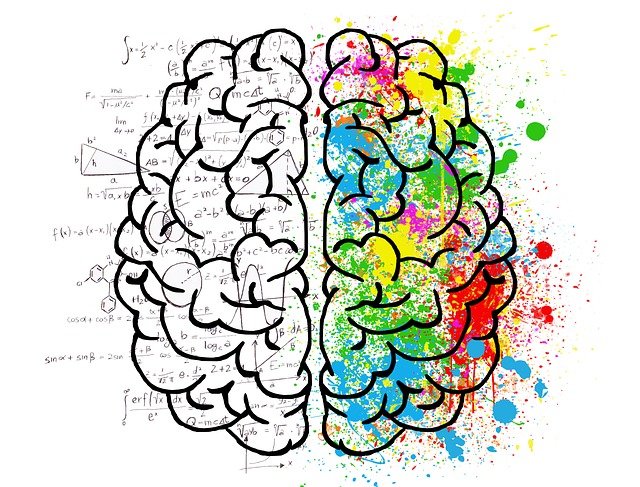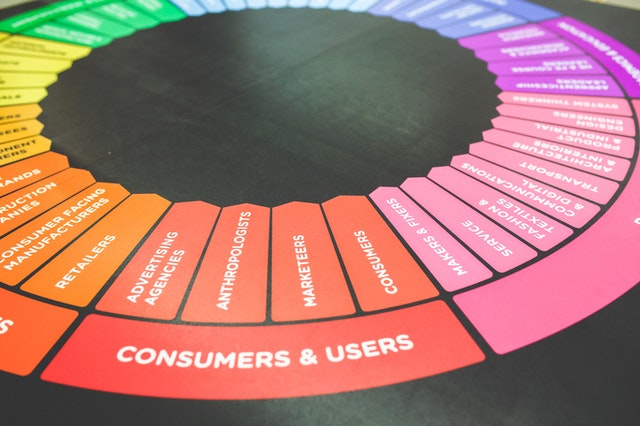User experience (UX) activities primarily revolve around enhancing user satisfaction by improving the usability and accessibility for users interacting with physical or digital products.These activities usually include user research, sketching, interaction design, wireframing, visual design, prototyping, user testing, and continuous iterating on designs.UX design aims to examine every element that shapes this user’s experience. For instance, how the product makes them feel, or how easy it is for them to interact with the user interface and accomplish their desired tasks.Fundamentally, the central objective of UX design is to create efficient, easy, relevant, and all-around pleasant experiences for users. And a critical component of achieving this is personalisation.
Why personalise in UX?
The manner in which a user interacts with an app determines their overall impression of it. For instance, is the interaction clumsy and perplexing, or rather fluid and intuitive? Or better yet, does it feel random or logically structured when navigating the app?As digital products and services advance, so have the expectations by users for convenience, speed, and predictability. Now more than ever modern users expect products and services to be specifically tailored to them as many currently abandon products, or services that don't provide any level of personalisation.So, why is personalisation part and parcel of any UX initiative when building out the user experience of an application.
- Convenience
Personalisation ensures applications fit seamlessly into a user’s lifestyle or routine in a manner where the user interface is almost an invisible part of the process. Through personalisation, applications become so frictionless that it doesn’t feel like work to the user to use them.
- Loyalty
Personalised experiences heighten user loyalty and affinity towards a brand. Essentially, as users encounter more relevant content and interactions, they feel understood by the brand. In turn, by reinforcing a sense of identity and connectedness, these emotions help increase the customer lifetime value.
- Conversion Rate
Personalisation delivers users more relevant and more individualised experiences. In turn, this ultimately translates into an increased conversion rate.
- Reduce Cognitive Overload
Excessive information and options can act as a cognitive barrier and distract users. Fortunately, personalisation reduces the amount of information and the number of options for users as it guides users through a funnel expressly designed for them and their individual needs.
Types of personalisation
There are two main types of personalisation:
- Role-based personalisation: Here, users are grouped according to specific characteristics that are well-defined and known in advance.
- Individualised personalisation: In contrast to role-based personalisation, individualised personalisation involves a computer creating a model of each individual user, then presenting different things to each person. For example, the computer program might infer that a user is pregnant based on her searches and recent purchase history.
[caption id="attachment_2563" align="alignnone" width="500"]

Photo by fauxels from Pexels[/caption]
Customisation vs Personalisation
The part of the human brain that focuses its attention is calledReticular Activating System (RAS). It fundamentally works as a filter and sorts out what is essential and what is not. Because this human brain element evolves really quickly, customisation and personalisation are necessary to maintain user attention.Despite being often confused; personalisation and customisation have a different impact on the final user output.Though they share similarities, their implementation styles demonstrate the considerable differences between them. Nonetheless, their objectives remain the same– to enhance a product’s features and content as per user requirements.So, what are the key differences between personalisation and customisation?Personalisation is performed by the system being utilised. Here, a system is set up to identify users and deliver to them tailored content and functionality that matches their roles.Personalisation essentially delivers useful content after analysing users' characteristics, behaviours and attributes, down to the individual level—for example, Amazon’s suggestions based on past browsing and purchase history.Customisation is performed by the user. Here, a system enables users to make preferred changes to an experience to meet their particular needs and priorities. For example, configuring layouts, content, or even system functionality.Fundamentally, customisation enables users to get precisely what they want while also giving them the sense of control to filter unattractive content. On the downside, many users don’t know what they need when customising, or aren’t interested in doing the work required to alter user interfaces to match their preferences.
UX personalisation tips
User touchpoints
Businesses need to understand how customers view them across all touchpoints to connect with the user on an emotional level consistently across different touchpoints.As more customer interaction points emerge across channels and devices, brands need to manage the entire customer journey, not only individual touchpoints. This is key to delivering a consistent experience across all channels.
Test and Repeat
Testing is critical to understanding whether your personalisation initiative is ready to drive sales and brand engagement.Testing helps to ensure that your app personalisation initiative feels seamless and frictionless on any user’s device of preference, as well as clear on what the objective is. If users are continually feeling confused, frustrated, or even consider another option, then the experience is ruined.
User Research
User research helps you understand if your product actually needs personalisation. If yes, then where it should be applied, and how much is enough.User research also allows business owners to understand what matters to users, what their limits are in terms of over-use. And if what they seek to do will be relevant to various audiences.Remember, personalisation isn’t the silver bullet for every product, application, audience, or interaction. So, user research helps streamline where and how it can be applied most effectively.
Data
Data lies at the heart of any personalisation initiative. Generally, it demands a deep understanding of users’ needs and a solid framework for tracking and measuring user behaviour.Typically, brands use approaches that combine qualitative research to understand the needs and motivations of users, while collecting objective data about their context and online behaviour.Because users nowadays are constantly connected across a myriad of devices, it's imperative for businesses to exploit data science techniques to provide coherent interactions and intuitive user experiences via every channel.For example, real-time responses and transactions with minimal effort, or even access to compelling experiences, personalised for them specifically.Essentially, the only way to achieve these seamless interactions is via data-driven strategies that target audiences with relevant, timely content to trigger conversions and interest.
Creativity and Imagination
In theory, brands selling directly to consumers potentially have access to the same data as their competitors. So, businesses can see favourable outcomes with personalisation by creatively connecting the dots that user data provides with logic, imagination, and creativity.[caption id="attachment_2565" align="alignnone" width="500"]

Image by ElisaRiva from Pixabay[/caption]
Context
Personalisation is all about context. In essence, highly effective brands deliver the right content, at the right time, for the right users. Fundamentally, contextualised and personalised experiences mainly involve knowing why personalisation is important, and how it could help your users.Furthermore, personalisation is now more commonplace as most users are currently educated, informed, and more accepting of personalisation. Hence, why it's more imperative for brands to gather contextual data and segment users into specific target areas.Remember, every user is unique, and what some users might find uncomfortable, others will find helpful or fun.
Personalised User Experience examples and applications
Machine learning
Currently, machine learning has taken modern-day personalisation to a whole new level. Machine learning and natural language processing mechanisms intelligently understand the sentiment and story behind users’ interactions and behaviour while continuously adapting to contextual factors.Furthermore, machines can easily make sense of the chunks of user data. For example, they can draw actionable conclusions about each individual person, like identifying a user’s persona, attributes, intent, or stage in the customer journey.This allows companies to accomplish real-time, one-to-one personalisation (individualisation) while interacting with their customers.
Contextual Messaging
Contextual messaging is a personalisation approach that allows businesses to customise messages to suit different users based on characteristics like location, customer behaviour, or even device type.Essentially, contextual messaging allows brands to deliver content of much higher relevance to users, based on their exact location and behaviour at the moment of interaction.
Predictive Recommendation
Existing recommendation engines accurately predict products a person might find interesting by exploiting relevant purchase behaviour data from other users from the same target group.For example, if you’ve ever browsed anything on an online retail store, you have probably come across phrases like “If you liked this, you might also like..” or “Other customers also purchased…” This is a clear example of predictive recommendation as a form of personalisation.
Conclusion
[caption id="attachment_2566" align="alignnone" width="501"]

Photo by Kaboompics .com from Pexels[/caption]All things considered, user experience design aims to create products that deliver meaningful and relevant experiences to users. Since personalisation is a subset of user experience design, it also includes aspects of branding, design, usability, and function.To achieve effective personalisation, it is imperative to critically understand your target audience through research, prototyping, and conduct extensive usability testing. Remember, the central objective is to improve customer satisfaction, loyalty, ease of use, and usability when interacting with a product or service.Personalisation does this by delivering content and functionality that matches particular user needs or interests– with no effort from the targeted users.Essentially, the system should be able to profile users, then adjust the user interface according to their profile.





